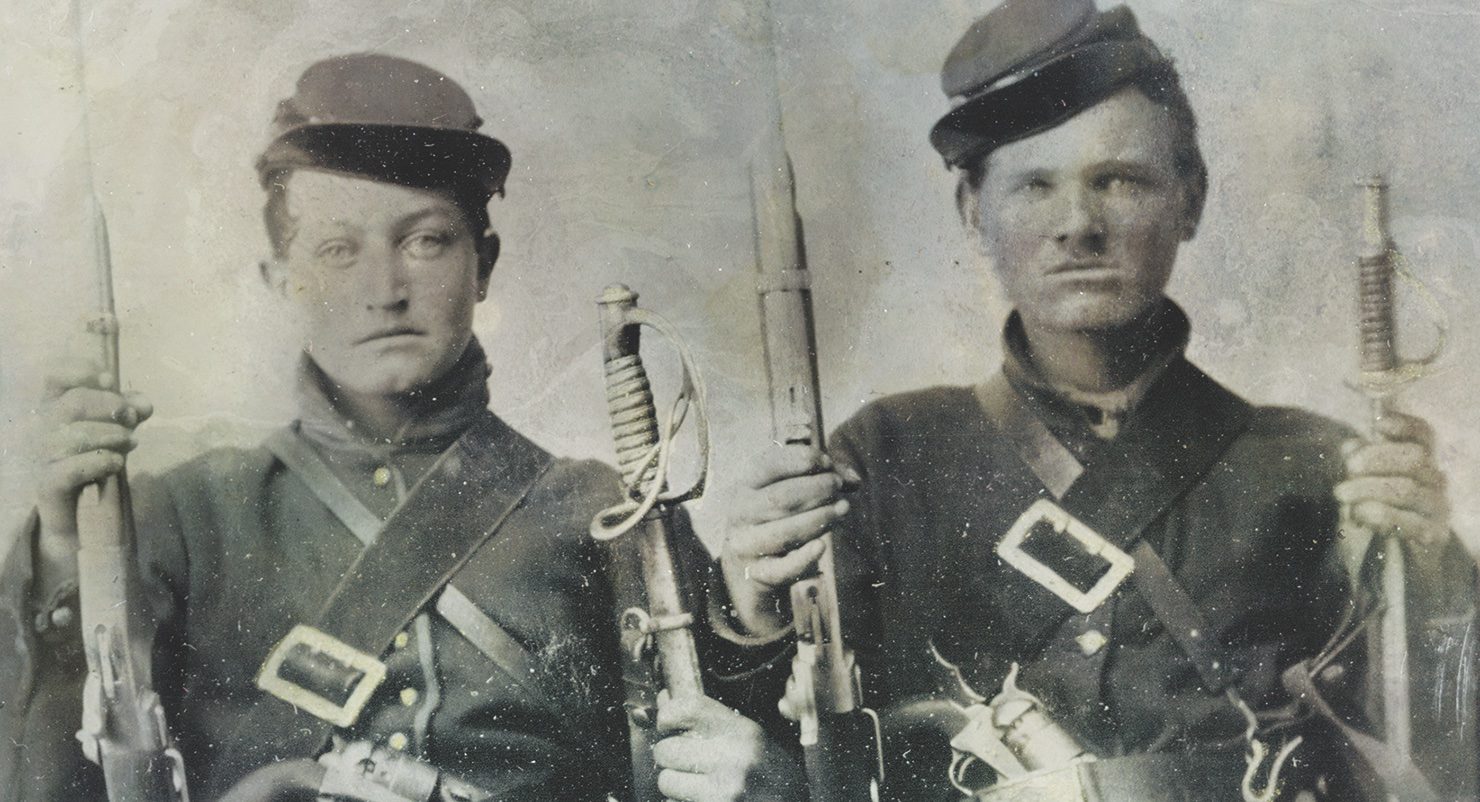You sure you're not confusing the sides? Cursory research shows, for instance. That the most common rifle used by the Union Army, the
Springfield 1861, was entirely produced in the US, as were every other rifle commonly used by the Union I could find.
Many Union firearms, for example, were Pre-War stocks, European imports or made with steel imported from the British; domestic production only really got under way after 1863 because manufacturing methods were achieved via industrial espionage...in Britain. If I remember correctly, as late as Gettysburg about a fifth of the Army of the Potomac was still armed with smooth bore muskets.
And while it appear some precursor components for gunpowder were imported,
the US was a net exporter of gunpowder in the years prior to the Civil War. Lead I will grant was in short supply as in the 1860s the major lead mines in North America happened to be in Confederate territory. On the other hand, Percussion caps and other cartridges likewise had considerable domestic manufacture, with
one company making as many as 80 million caps in 1860.
The U.S. was a net exporter of gunpowder in the context of peace time conditions, the Civil War saw massive expenditure on a level multiple times that of previous consumption rates. At the start of the war there were no major domestic producers until Dupont in the Fall of 1863 began production of saltpeter at 50 tons a month, for a total of 600 tons per year. To put that into perspective, the Ordnance Department shows that between June of 1862 and June of 1863, the Army expended 1,557 tons. This means that the Army used about two and half years of domestic production via fighting alone. This figure also, it should be strenuously noted, does not include what the U.S. Navy and Marines Corps used, nor does it include the large amount the Army was using for food preservatives.
So how important was Britain, in this context? In 1862, 7.02 million lbs saltpeter were supplied directly from the UK itself but the British did more via British India:
18.66 million lbs saltpeter 1860-1
16.36 million lbs saltpeter 1861-2
18.65 million lbs saltpeter 1862-3
13.15 million lbs saltpeter 1863-4
6.88 million lbs saltpeter 1864-5
Converting all power to saltpeter for comparison, you found the following about purchases:
At war start 4.64 million lbs saltpeter
To 30 June 1862 purchased 10.98 million lbs, issued 5.80 million lbs, remaining 9.83 million lbs
To 30 June 1863 purchased 4.32 million lbs, issued 4 million lbs, remaining 9.25 million lbs
To 30 June 1864 purchased 6.31 million lbs, issued 5.66 million lbs, remaining 9.87 million lbs
To 30 June 1865 purchased 4.96 million lbs, issued 4.21 million lbs, remaining 10.62 million lbs
Credit to the user Saphroneth of the Civil War Talk forum for this particular bit of research. However, you can expand it to lead which is something I did research and found it quite devastating:
On hand in 1861: 1,302,000 lbs
Purchased to 30 June 1862: 23,057,000 lbs
Expended to 30 June 1862: 18,920,000 lbs
Purchased to 30 June 1863: 48,720,000 lbs
Expended to 30 June 1863: 31,139,000 lbs
Purchased to 30 June 1864: 12,740,000 lbs
Expended to 30 June 1864: 7,624,000 lbs
Lead imports from Britain by year
1861: 1,679,000 lbs
1862: 28,926,000 lbs
1863 5,777,000 lbs
1864 25,929,000 lbs
From June 30th of 1862 to June 30th of 1863, the Union Army alone expended
31 million pounds of lead; total production during that same space was only
28 million pounds. I don't have the data on percussion caps handy, but it was on the order of 30-40% of consumption as well if I remember correctly. The inescapable conclusion is that, without British imports, the Union war effort collapses due to material shortages of weapons and munitions.
Things are certainly not as one sided as to make the situation a "curbstomp" as you put it, and you're glossing over my core point which was you could not use the situation of the US in 1812 to determine anything about it in the 1860s due to the dramatic levels of growth and industrialization the country had seen in the intervening 50 years, which was what was explicitly done.
In so far as using 1812 to judge the 1860s I agree with, which is why my counter argument focused in on the specifics of that time period, rather than seeking to utilize historical data from 1812.


